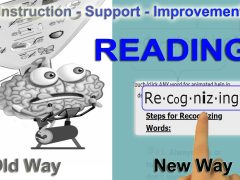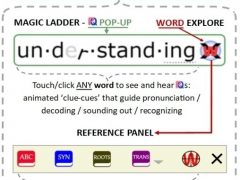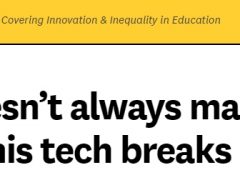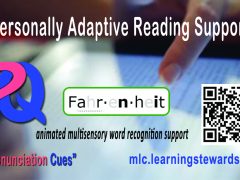Webpages – Articles – Stories – Lessons – Guides – Manuals – Courses – Journals – Blogs – Ezines – Tests – Epubs – Surveys – Assessments – Newsletters – Advertisements – Announcements. QUESTION 1: If people with lower literacy skills or limited English could read your content would they enjoy or benefit from doing so? QUESTION […]





